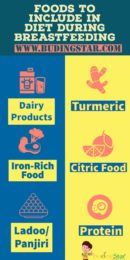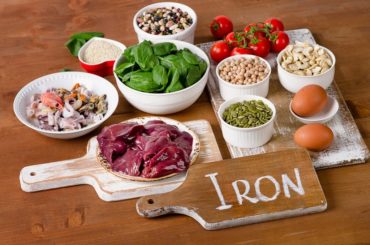What matters the most for a woman who has recently delivered a little bundle of joy? Yes, the newborn baby tries to adjust himself in the new world, but she needs a reminder now and then that she is equally weak and needs proper rest. Bringing a new life is not something that can be taken for granted. While she is still recovering from the injuries she had at the time of childbirth or stitches in caesarian delivery, she has to make at least the baby breastfeed even if others take off the other tasks. The first she takes for a few months after childbirth is very crucial. Not for her recovery but to ensure that the baby is getting enough nutrients through milk. Missing a single thing in a diet can lead to long-lasting complications. Let us take a look at a specific diet during 1-3 months after delivery.
Diet During 1-3 Months After Delivery:
Dairy Products:
While most of the calcium is getting transferred to the baby through milk, the lactating mother is left with a minimal amount for herself. Extra intake of calcium is significant during this period. A small ignorance can lead to long-lasting complications for her bone health. Products like cheese, milk, and eggs should be taken at least 2-3 servings each day. This also increases the milk supply of breastfeeding mothers.
Iron-Rich Food:
Heavy blood loss during and after delivery leads to the deficiency of iron in the women’s body. If it is not appropriately managed during the initial months of childbirth can lead to anaemia, which brings along several other complications with itself. Iron-rich foods like green leafy vegetables, fruits like pomegranate, red meat are rich sources of iron that can be consumed according to your taste.
Foods that give Energy:
No wonder, the new mother needs energy more than anyone else. While the child is still experimenting with his sleep pattern and tends to give sleepless nights to the mother, she needs stamina like that of a warrior: ready to serve. This can only be possible if she consumed food that gives quick and long-lasting energy. Fruits have natural sugar, which gets absorbed quickly and energizes the body with equal speed. Indian foods like go and ladoo and panjiri also serves as a great source of energy.
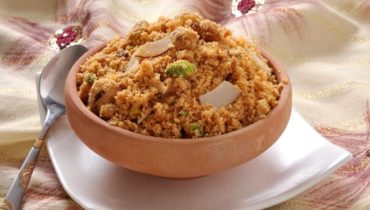
Turmeric:
While the mother is trying with the pains due to labour and other childbirth procedures, turmeric works as a real lifesaver. Its property of acting as a natural antibiotic is used while cooking anything, and taking it in milk has proven to show beautiful results.
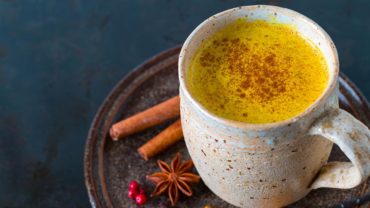
Eggs:
Eggs are an essential source of protein for soothing painful muscles that have constantly been contracting during the labour and delivery process.
It’s even better if you can get a fortified egg since you’ll get the extra advantage of brain-boosting omega-3 fats. Poor omega-3 levels have been linked to postpartum depression in studies, and supplements may help lower your risk.
Citric Acid-Rich Food:
Not only citric acid helps in taking care of the body’s proper functioning but also aids in more absorption of iron in the body. So it’s like hitting two birds with one stone. So, new moms should include citric food in their diet.
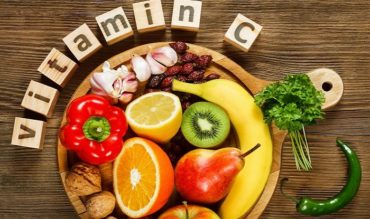
Magnesium and Potassium:
Most of the fruits are rich in both magnesium and potassium. These are required for proper bone health, and the deficiency of either of them can cause severe complications. So, a new mom should have this in their plan of diet during 1-3 months after delivery. Food like bananas, sweet potatoes, cucumber, avocados, etc. can be included in the Indian diet plan for breastfeeding mothers.
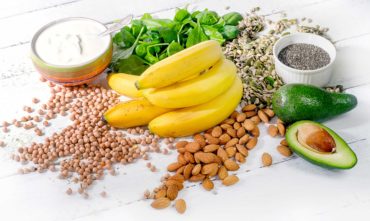
Protein-Rich Food:
A bowl of dal (pulses) milk, yoghurt, fish, and beans are rich sources of protein, and adding them in your daily diet is a must. Proteins help the new mother’s body recover quickly and keeps the body healthy to ensure she can manage herself and the baby simultaneously.
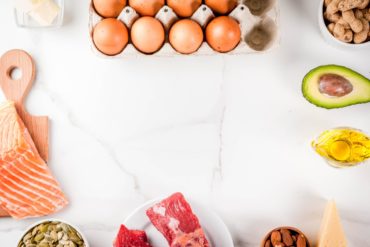
Liquids:
Water is an essential part that needs to be taken care of along with the food. We tend to forget this, and this leads to complications in many cases. Milk and fruit juices also serve to provide adequate fluids in the body, but the work that water does is irreplaceable. It is advisable to take at least 6-10 glasses of water each day, and the women who breastfeed their babies should be more consider ant about the liquid intake.

Few Selected recipes for new moms
Apple and oats porridge
Ingredients:
- Half cup oats (jaee)
- 1 cup milk
- 1 cup filtered water
- 1 apple (seb), diced
- Sugar to taste
Method:
Bring the water to a boil, then add the oats and cook for 2 to 3 minutes, or until soft and mushy. After that, slowly drizzle in the milk while continuously stirring. While the porridge is still hot, add the sugar and sliced apple pieces. Serve after thoroughly mixing.
Banana and fig porridge
Ingredients
- 1 cup broken wheat porridge (daliya)
- 1 fresh fig (anjeer)
- 1 banana (kela)
- Half cup double-toned milk
- 2 cups water
- 1 tbsp jaggery (gur) powder
- Half teaspoon (nariyal) coconut powder – optional
Method:
Water is used to cook the porridge. Continue to cook on a moderate heat until the porridge softens and the water evaporates. After that, add the milk and continue to whisk constantly for another minute. Mix in the glucose powder thoroughly. Remove the pan from the heat. Serve with chopped figs and bananas. Sprinkle more coconut powder on top if desired.
Foods to be Avoided in Diet During 1-3 Months after Delivery :
- Spicy food
- Foods with more carbohydrates.
- Alcohol should be avoided entirely.
- Smoking should be prohibited.
- Junk food should be avoided as much as possible.
- Avoid consuming caffeine.
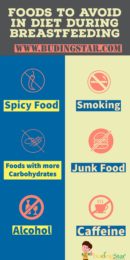
So, this was a diet during 1-3 Months after Delivery. Life is always has about making wise decisions, even if that’s taking care of your health. Let food be your medicine because there is nothing better than eating healthy. Not only do you make sure you are living a healthy lifestyle, but you also ensure a healthy future for yourself. All we need to keep in mind is that like everything needs fuel to work, so does our body. And the more superior the fuel is, the more likely it is to make the machinery work longer.
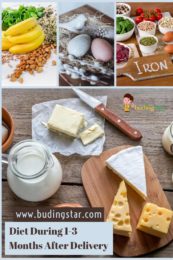
How much should you eat?
Most new mothers require between 1,900 and 2,300 calories per day in the months following childbirth. Nursing? Up to 500 more will be required. That figure might be more remarkable if you’re underweight, exercise for more than 45 minutes each day, or are nursing more than one child. Consult your doctor to decide the appropriate dosage and whether or not you should continue taking vitamin supplements.
Soup with chicken
While IV fluids may be provided during delivery, you’ll want to make sure you’re staying hydrated once the baby arrives. Specifically, if you plan to breastfeed your child: Lactating women, on average, require an extra litre of fluid per day than non-lactating women. If water isn’t enough, chicken soup is the ideal post-delivery meal. The nourishing and salty soup naturally replenishes electrolytes, while the bland carb-laden noodles soothe you into consuming.
Oatmeal with fruit is a delicious way to start the day. Wait till you see that first postpartum poo if you thought giving birth is terrifying. Hemorrhoids are quite prevalent as a result of normal wear and strain.
Due to pregnancy hormones, constipation is a frequent side effect after birth. You may also credit the plethora of postpartum medications, such as iron supplements and pain killers that you’re typically told to take. If you have a C-section, it may take a week to feel better since the bowels slow down for several hours following surgery. Make sure you eat enough fibre-rich meals to help things move smoothly down there. With 4 to 6 grammes of carbs, oatmeal is another very bland, soft carb to replace your depleted glycogen reserves. Poop-promoting fibre from a reliable source. To add some additional nutritious deliciousness, top it with fresh or dried fruit.
| You may be interested in reading: Diet During 4-6 Months After Delivery |
- Diet During 7-9 Months After Delivery - December 25, 2020
- Diet During 1-3 Months After Delivery - September 3, 2020
- Top 11 Easy To Play Minor Games - August 31, 2020
- High Five Principles of Sports - August 24, 2020
- Best Outdoor Games for Kids - August 12, 2020
- Best Indoor Games for Kids - August 12, 2020


